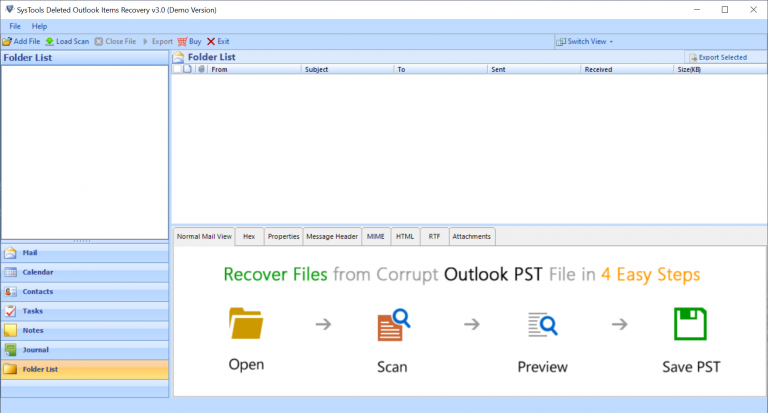

The item will then be restored to our user’s mailbox, specifically to the folder it was hard deleted from. In our example, we are recovering a single message with the subject line Follow Up – Marquee Equity.

Once we have selected what we need to recover, select the Recover Deleted Items button. We can either select an individual item or select all items for recovery. In our example, Amy has four items we can recover. For example, we can pick a custom date range, search for a specific subject, select the item or folder type, or, search for a specific object ID. We can further refine this view by selecting various filters at the top of the page. This will return all items under the users Recoverable Items folder. įrom the new Exchange Admin Center expand Recipients and select Mailboxes.įrom the Mailboxes view select the user you wish to restore mail to and select the Recover Deleted Items button. Because the option Recover Deleted Items is only. Select Try it now from the classic admin center or navigate to. Are you using MS Exchange account If not, thats why Recover Deleted Items option is greyed out. To do this we need to use the new Exchange Admin Center. With our permissions in place, we can now recover mail for a user. This limit can be increased to a maximum of 30 days.
#Outlook 2016 recover deleted items from server greyed out how to
How to recover deleted mail items in Office 365 using MFC MAPI tool. For Office 365 this is 14 days by default. To add Mailbox Import Export permission to the Discovery Management role group, please go to the new or old Exchange Admin Center-> Roles -> Admin Roles -> look for Discovery Management and open -> Click + sign and add the permission. Note: Mail can only be recovered up to the single item recovery limit. Note: Once the role group is created it can take up to one hour for the permissions to take effect. This is particularly useful if you need to delegate this role.ĭouble-click Mailbox Import Export and click Ok.ĭouble-click each administrator you want to assign this role and click Ok. For example, the scope could be limited to a specific business unit or group of users. You can define a custom write scope to limit the scope of this permission. The default scope allows the role holder to apply these permissions to the entire organization.

If needed select a custom write scope, or, leave at default. In our example, we went with Email Recovery Role. Type a Name and Description for your role.


 0 kommentar(er)
0 kommentar(er)
